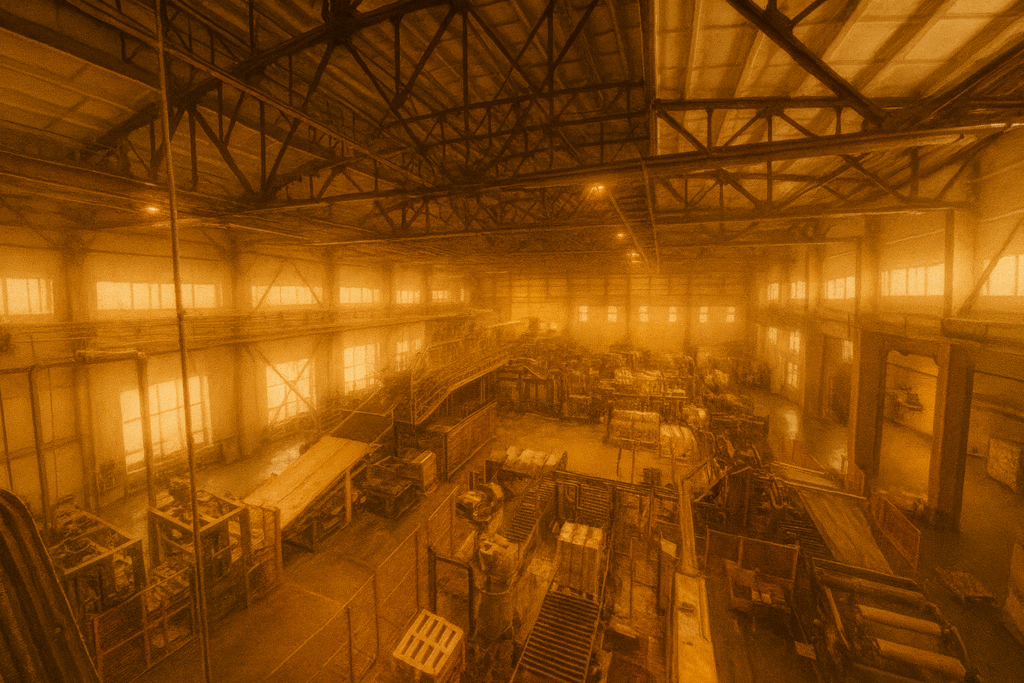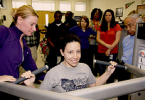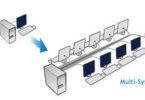Industrial spaces are changing fast — and the shift isn’t just mechanical, it’s digital. Efficiency now means more than speed; it includes safety, real-time awareness, and adaptive systems. Smart technologies are making operations leaner while protecting the people doing the work. These tools reduce delays, prevent injury, and surface data when it matters. For teams on the floor or in the field, the difference is visible. What used to be reactive is becoming preemptive — and that changes everything.

Real-Time Asset Tracking
Modern tracking systems help teams monitor tools, vehicles, and workers as they move. Using tags, sensors, and indoor positioning, these systems eliminate lost equipment and misrouted materials. They also improve response time during emergencies by pinpointing exact locations. In fast-paced environments, this spatial awareness prevents delays and errors. It’s not just about where things are — it’s about how quickly teams can adapt. The system becomes a kind of operational radar.
Ergonomic Wearables for Worker Wellness
Wearable devices now track strain, movement, and posture in real time. These tools alert teams when repetitive motion, overexertion, or poor lifting form pose risks. Instead of waiting for injuries, companies can act on early signs of physical stress. This helps reduce downtime and long-term health costs. When workers know they’re being protected, morale often improves too. It’s safety that feels personal and preventative.
Machine Vision for Quality & Safety
Machine vision is transforming how inspections happen in real time. These AI-driven systems flag defects, misalignments, or safety violations without needing constant human oversight. They’re used to automate quality control, track processes, and monitor risky zones. The speed and accuracy reduce human error and improve consistency. For machine vision to work reliably, it requires rugged, industrial-grade computing systems. These systems must withstand harsh conditions while delivering high-speed processing—you may want to check this out to learn more.
Predictive Maintenance with IIoT Sensors
Machines don’t fail without warning — but you need the right sensors to catch the signs. Predictive maintenance systems read temperature, vibration, and performance shifts before breakdowns happen. This turns unplanned stoppages into scheduled fixes. It also reduces part waste and emergency labor costs. Over time, the data builds a playbook for better maintenance strategy. Equipment starts lasting longer, and productivity becomes steadier.
Hazard Detection in High-Risk Zones
Air quality, gas leaks, and sound pressure are invisible until they become dangerous. That’s why industrial teams are turning to multi-sensor systems that detect threats in real time. These monitors give early warnings before exposure escalates. They’re especially critical in enclosed, high-risk areas. Real-time alerts let teams respond fast — often before a worker even realizes there’s danger. It’s protection that works before damage is done.
Industrial Robotics and Cobots
Collaborative robots now handle tasks once too repetitive or risky for humans. They lift heavy loads, manage fast-paced sorting, or assist with precision work. What makes them different is their ability to work side-by-side with people. Built-in sensors stop movement when contact is detected, preventing injuries. These systems don’t replace workers — they reduce fatigue and extend human capability. The result is a safer and more efficient rhythm of work.
Smart Lighting and Energy Automation
Lighting systems are no longer static — they adapt to motion, time of day, and task type. In industrial spaces, that means better visibility without wasting power. Connected lighting also plays a role in emergency protocols, flashing or guiding during evacuations. HVAC and power systems now do the same: adjusting output based on occupancy and usage patterns. This cuts costs and improves safety simultaneously. It’s automation that serves both people and budgets.
Modernizing industrial spaces isn’t about adopting one big innovation — it’s about layering smarter systems across everyday work. From robots to machine vision, each tool plays a role in reducing risk and improving flow. Together, they shift teams from reactive to proactive. That means fewer injuries, fewer delays, and more informed decisions. For teams looking to stay competitive and safe, ignoring this tech isn’t an option. It’s already here — shaping the floor, the field, and the future.





Leave a Comment